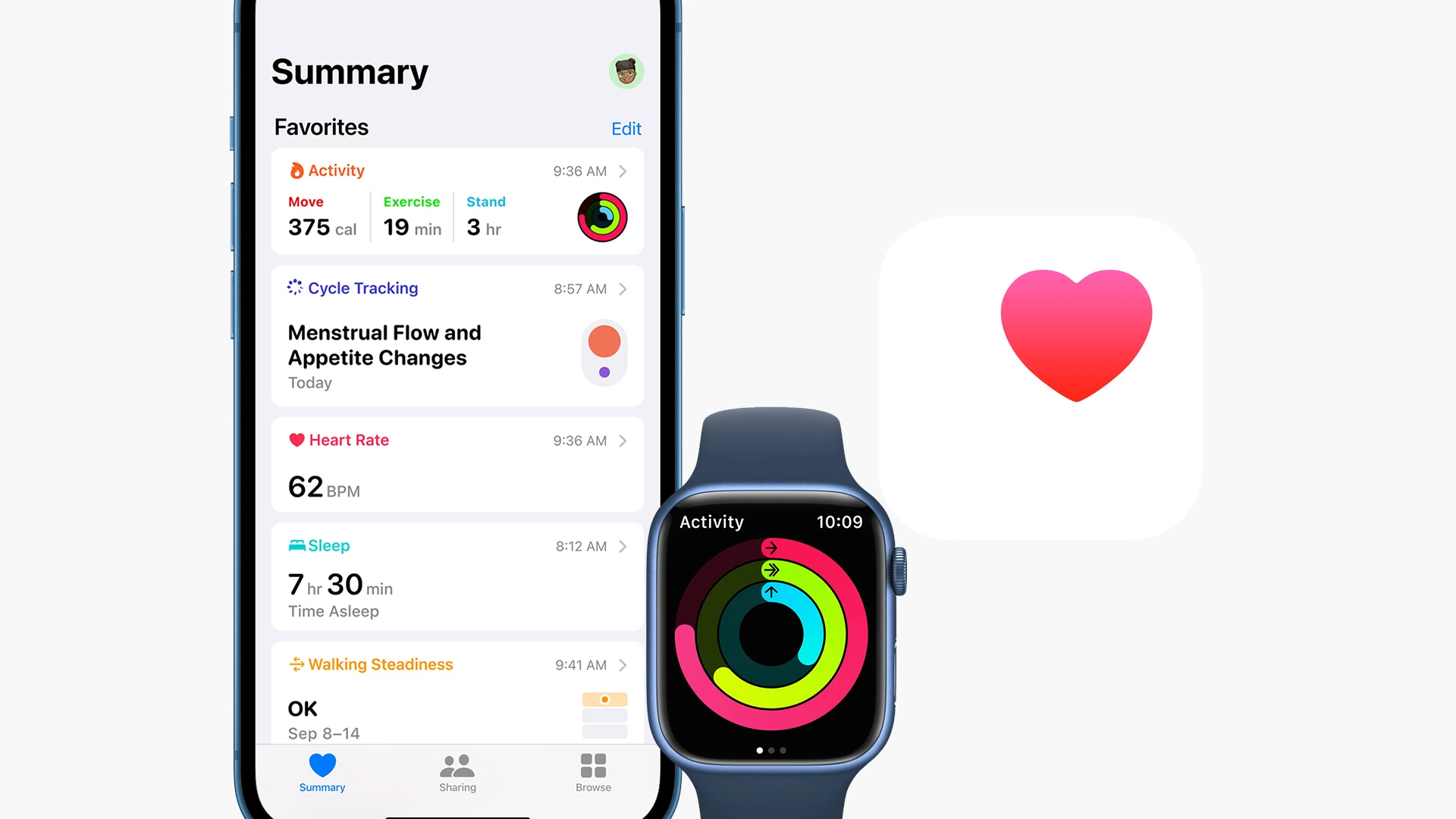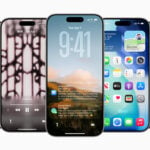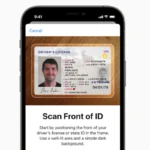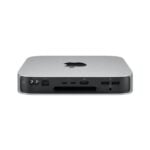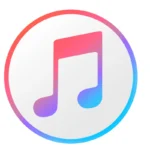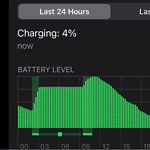Apple Health integrates seamlessly across Apple devices to track and manage personal health data. The app collects and securely stores vital health metrics like heart rate, sleep patterns, and activity levels while providing insights through an easy-to-use interface on iPhone and iPad devices.
The latest Apple Health features include advanced sleep tracking capabilities, with the Series 9 and Ultra 2 watches now detecting signs of sleep apnea. Apple has also introduced innovative hearing health features through AirPods Pro, offering active hearing protection and clinically validated hearing tests.
Privacy remains central to Apple’s health features. Health data stays encrypted on devices when locked with security measures like Face ID or passcodes, giving users complete control over their personal health information.
Apple Health Features: Tools That Track Sleep Better
Getting quality sleep is essential for your overall health, and Apple has developed several powerful tools within the Apple Health ecosystem to help you track and improve your sleep. Whether you use an iPhone, Apple Watch, or both, these features provide insights and actionable data to support better rest.
Key Apple Health Sleep Tracking Tools
1. Sleep Tracking with Apple Watch
- How it works: Apple Watch Series 3 and later (with watchOS 8 or newer) can automatically track your sleep by detecting motion and heart rate.
- Features:
- Tracks total sleep time and sleep stages (awake, REM, core, deep sleep).
- Measures respiratory rate during sleep.
- Provides a detailed sleep analysis in the Health app.
- Setup:
- Use the Sleep app on Apple Watch or set up Sleep in the Health app on iPhone.
- Create a sleep schedule with bedtime and wake-up goals.
- Wear your watch to bed to enable automatic tracking.
2. Sleep Schedule and Wind Down
- Sleep Schedule: Set consistent bedtimes and wake times in the Health app to improve sleep regularity.
- Wind Down: Customize pre-sleep routines that reduce distractions (e.g., dimming lights, enabling Do Not Disturb, launching meditation apps).
3. Sleep Mode
- Automatically turns on Do Not Disturb and dims your iPhone screen during your scheduled sleep time, minimizing interruptions.
4. Sleep Data in Health App
- The Health app consolidates sleep data from your Apple Watch and third-party apps.
- View sleep trends, average sleep duration, and sleep quality over time.
- Analyze sleep stages to understand your rest cycles better.
5. Third-Party Sleep Apps Integration
- Apple Health supports many third-party sleep apps like AutoSleep, Pillow, and Sleep Cycle.
- These apps can provide advanced insights, smart alarms, and personalized recommendations.
- Data from these apps syncs with the Health app for a comprehensive view.
Tips to Track Sleep Better Using Apple Health
- Wear your Apple Watch snugly but comfortably during sleep.
- Keep your iPhone nearby for Wind Down and Sleep Mode automation.
- Review sleep trends regularly to identify patterns or issues.
- Use the Respiratory Rate data to monitor breathing irregularities.
- Combine Apple’s tools with a healthy sleep environment and routine.
What’s New in Sleep Tracking for 2024-2025?
- Enhanced sleep stage detection using advanced sensors on Apple Watch Series 8 and Ultra.
- New notifications for sleep apnea risk and irregular breathing patterns.
- Integration with hearing health features for a holistic wellness approach.
Sources:
- Apple Support: Track your sleep on Apple Watch and use Sleep on iPhone
- Apple Watch Health Features Guide
- Apple’s Sleep Stage Estimation Whitepaper (2023)
- Apple Newsroom: New Health Features (2024)
Key Takeaways
- Apple Health securely tracks vital health metrics across Apple devices
- New features include sleep apnea detection and hearing health monitoring
- Personal health data remains encrypted and under user control
Core Functionality of Apple Health
Apple Health combines a comprehensive suite of tools for tracking personal health metrics and fitness data. The platform creates a central hub for managing everything from daily activity to detailed medical records.
Health Data Integration
The Health app serves as a secure repository for personal medical information. Users can store their medical records, allergies, immunizations, and medications in one place.
The app connects with participating healthcare providers to import clinical records automatically. This integration gives users direct access to lab results, medications, and appointment histories.
Health data remains private through encryption. Users control which apps can read or write health information.
Health and Fitness Tracking
Activity tracking forms the foundation of Apple Health’s fitness features. The system measures steps, distance, flights climbed, and active calories burned.
The Apple Watch enhances tracking capabilities with:
- Heart rate monitoring
- Blood oxygen measurement
- Sleep analysis
- Respiratory rate tracking
- Temperature sensing
Users can view their health metrics through interactive charts and graphs. The app establishes personalized ranges for key measurements like heart rate and sleep duration.
Device Connectivity and HealthKit
HealthKit provides the framework for health and fitness apps to share data. This allows different devices and apps to contribute to a unified health profile.
Compatible devices include:
- Apple Watch
- iPhone
- iPad
- Third-party health accessories
The platform syncs data across devices through iCloud. Apps can request permission to access specific health categories while maintaining user privacy.
Developers can integrate HealthKit into their apps to read fitness data or contribute new health measurements to the system.
Frequently Asked Questions
The Apple Health app provides users with comprehensive health and fitness tracking capabilities through iPhones, Apple Watches, and other compatible devices. Users can monitor various health metrics, sync data across platforms, and integrate with third-party health applications.
How can I sync my fitness data across devices using the Apple Health app?
Users can sync their Apple Health data by signing in with their Apple ID on each device. iCloud synchronization must be enabled in the device settings.
The Health app automatically syncs data between iPhone and Apple Watch when both devices are connected to the same Apple ID.
Third-party fitness apps can be connected through the Health app’s Sources menu to import additional fitness data.
What steps are needed to configure the settings of the Apple Health app on an iPhone?
Open the Health app and tap the profile picture in the top right corner to access settings.
Select which health categories to track and customize privacy settings for each metric.
Grant or revoke permissions for connected apps and devices through the Sources menu.
Can the Apple Health app be used to track blood pressure, and how?
The Health app stores blood pressure readings manually entered by users.
Compatible bluetooth blood pressure monitors can automatically sync measurements to the app.
Users can view blood pressure trends and share data with healthcare providers through the app.
What are the capabilities and limitations of Apple Health on non-iOS devices?
Apple Health is exclusively available on iOS devices and does not have native Android or Windows support.
Some third-party health apps can export their data to Apple Health when used on iOS devices.
Web access to Apple Health data is limited to viewing through the user’s Apple ID account settings.
How does the Apple Health app integrate with the Apple Watch to monitor health?
The Apple Watch automatically tracks activity, heart rate, and sleep data when worn.
This data syncs to the Health app, providing detailed metrics and trends over time.
Users can view their Apple Watch health data directly in the Health app dashboard on iPhone.
What are the reasons to consider using Apple Health for health tracking?
Apple Health centralizes health data from multiple sources into one secure location.
The app provides detailed insights and trends for various health metrics over time.
Built-in sharing features allow users to send health data directly to healthcare providers.

